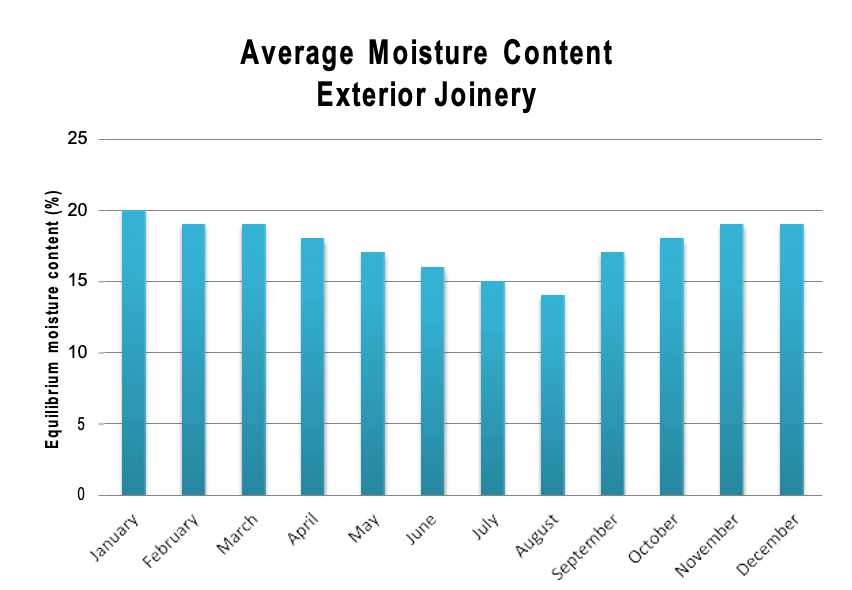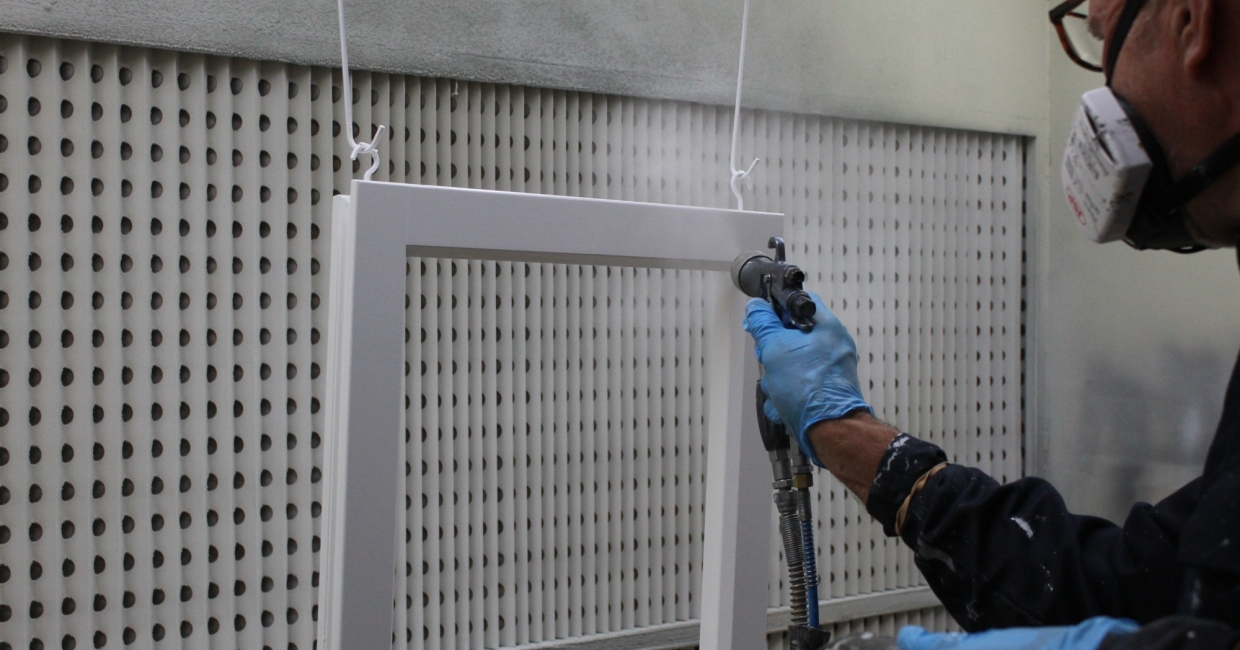As temperatures drop, factory-finished joinery faces one of its biggest annual challenges, winter. Low temperatures and high humidity make coating application and curing more challenging and have a potential impact on timber stability. To help, Teknos have put together some simple, practical steps you can follow, that minimise cold weather disruption and avoid expensive rework.
The hidden risks of Winter production
Cold weather introduces several risks:
- Paint can become cold / freeze during storage
- Joinery may be delivered before coatings are fully cured
- High humidity can contribute to excessive dimensional movement in standard species, opening joints to moisture and generally causing door sets and windows to “stick”, and affect operating parameters.
Rectifying these issues on site adds cost and frustration for everyone involved, but some simple steps on distribution, storage, during joinery manufacture and on site during the construction and installation process can greatly reduce, and often avoid completely, the problems associated with winter conditions.
Understanding how paint cures
Modern water-based coatings dry and cure in two stages. First, water and solvent evaporate from the wet film, and the system cross-links. A stage known as coalescence.
At this point, the surface may appear dry, but it can still be moisture-sensitive, and some components, such as stain blockers, may not yet be fully effective. As temperatures lower, this stage takes much longer to complete.
Next, the coating begins to chemically crosslink, improving toughness and adhesion. In summer or good factory drying conditions, this can happen in a few days; however, curing slows dramatically in cold, damp conditions and can stop completely near freezing.
If joinery is exposed to the elements before curing is complete, it remains vulnerable until warmer drying conditions return and the curing stage is completed.

Six practical steps for the factory
- Keep paint in a heated store before use and never leave paint cans on a cold concrete floor.
- Follow the film thickness specification. Over-application is wasteful and slows the drying process
- Ambient factory drying - maintain a minimum temperature of 15-22°C in the spray booth and drying area, using a background heater or ducted, filtered, warm workshop air. Use simple fans to maintain air circulation.
- Leave heat and air circulation fans on overnight (timed). In cool, still air, very little drying will take place.
- Don’t try to accelerate drying by blasting hot air at joinery items. This will speed up surface drying, but trap moisture in the film and impact on the coalescence process. Contact Teknos for advice on forced drying
- Delay wrapping finished joinery for as long as possible. Wrapping and storage in an unheated dispatch area can slow or stop moisture release from the factory-finished system, which can subsequently prevent full coalescence and curing, where not achieved in the factory.
Don’t forget the timber itself
The ambient moisture content of exterior joinery varies significantly through the year and is generally independent of any treatment or finishes applied to it.

Dimensional change is a function of standard species & grade, but broadly speaking, standard species dimensions vary by about 1% for every 3% change in moisture content.
In winter, it is not untypical for joinery to leave the factory at around 10% moisture content, sometimes lower if using laminated sections, then rapidly condition to 18-20% on site. The resulting 3 - 4% dimensional changes cause joints and seals to open, letting moisture penetrate unprotected end grain and rebates.
Six practical steps on site
- Remove airtight packaging prior to storage, to allow free ventilation of the joinery.
- Store joinery off the ground on suitable bearers and cover with a permeable sheet to protect from contamination
- Storage areas should be well ventilated and not subject to extremes of temperature. Avoid unsuitable storage, such as metal box containers, which may be subject to condensation and become very hot in direct sunlight. Water can also collect in protective wrapping, leading to saturation of some components.
- If joinery is installed prior to completion of internal wet processes, gentle internal heating, good ventilation, and the use of dehumidifiers will greatly reduce the risk of blistering and delamination as the building dries out.
- Remove plaster and other building materials contamination immediately with a solution of detergent and rinse with clean water.
- Ensure that any on-site assembly or modifications are fully protected, particularly cill joints, glazing beads and glazing systems. Unprotected end grain exposed by site modifications must be effectively sealed and protected with two generous brush coats of Teknoseal 4000 and recreating the full paint system.
Final word
Winter doesn’t have to mean coating problems. By monitoring temperature, airflow, and moisture levels, joinery manufacturers can maintain a high-quality finish and avoid costly rework.
For more technical advice or guidance, visit the Teknos Technical Library via www.teknos.co.uk or contact [email protected].











